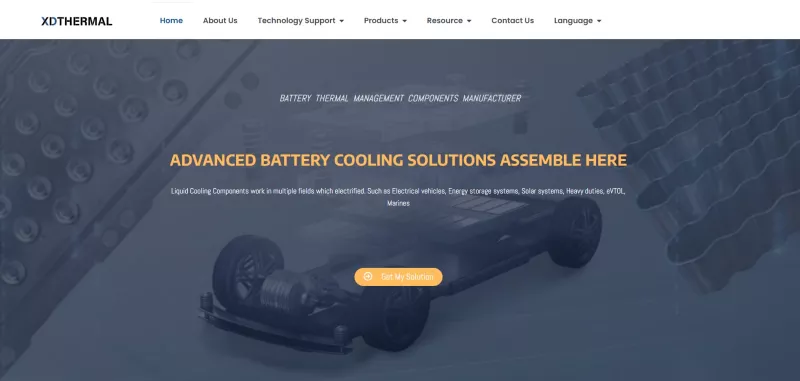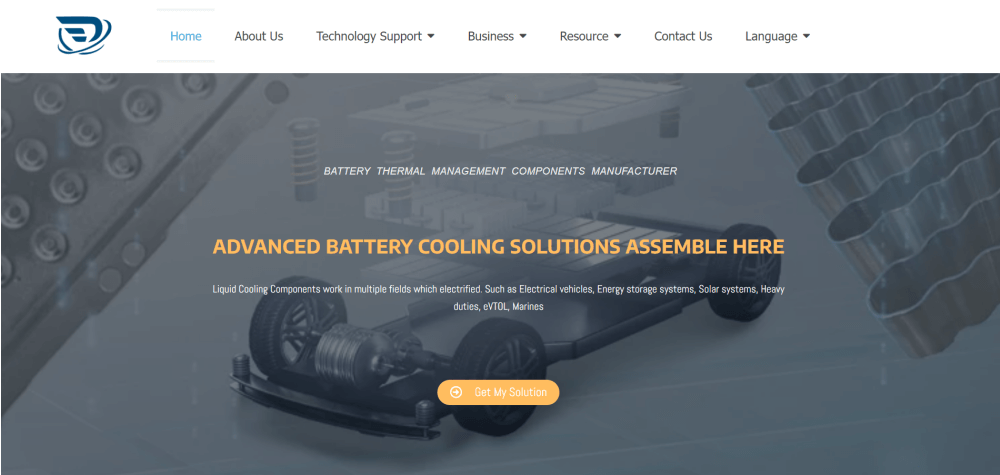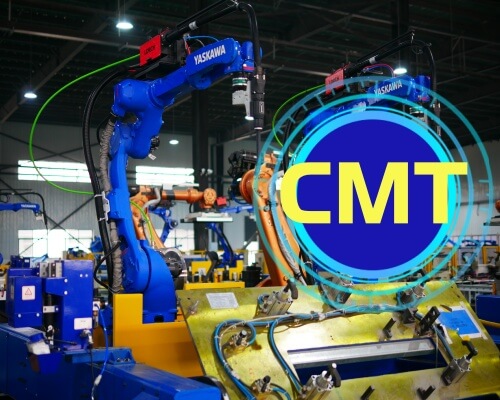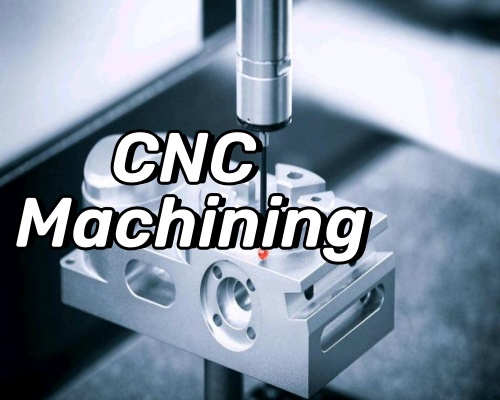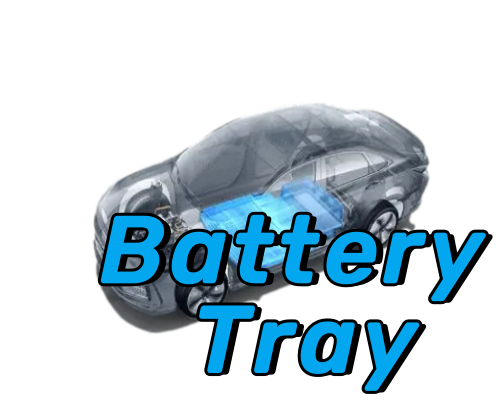Top 10 Battery Pack Enclosure Companies in Americas
Top 10 Battery Pack Enclosure Companies in Americas In this technologically diverse environment, the place is home to a range of world-class companies and R&D facilities. Now, let us turn our attention to Battery Pack Enclosure. We will discuss the 10 companies in the Americas that are outstanding in Battery Pack Enclosure manufacturing. I hope this list will be helpful to you. Table of Contents XD THERMAL TECHNOLOGY CO.,LTD Location: Suzhou Company type: manufacturer, R&D, Design, Production The number of employees: 500+ Main products: prismatic cooling plate, cylindrical cooling pipe, battery housing case, design& simulation Main application: Electrical vehicles, Energy storage systems, Solar systems, Heavy duties, eVTOL, Marines XD THERMAL focuses on the lightweighting of the Battery Pack Enclosure because achieving lightweighting improves the battery system while ensuring the functionality and overall safety of the vehicle. In addition, they simplify the product design and increase the energy density within a given volume. This design not only saves on material usage and makes the enclosure solution more cost-effective, but it also reduces the number of bill of materials (BOM) components and processing steps, resulting in improved yields and consistency. Although XD THERMAL is not located in the Americas, their high standards for theattery Pack Enclosure are enough to put them on the list. Magna International Inc Location: Canada Company type: supply、 production、 design The number of employees: 179000 Main products: battery pack enclosure、composite battery cover 、hot stamping、advanced high strength steels、aluminum castings Magna is one of the world’s largest suppliers to the automotive sector, with a global network of 342 manufacturing facilities and 104 product development, engineering and sales centers in 28 countries, so it has to be said that this company is very very well established. For their battery enclosures they are able to provide full production and engineering solutions, their…

